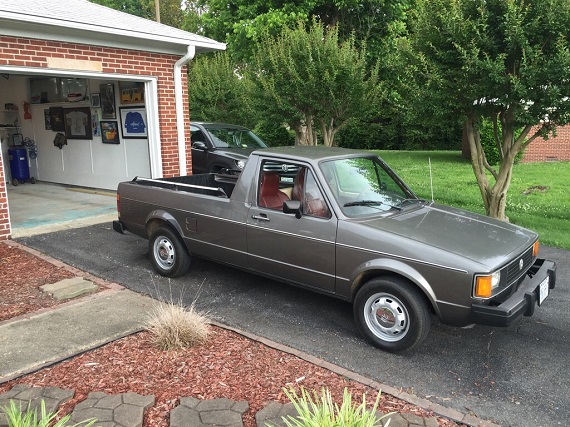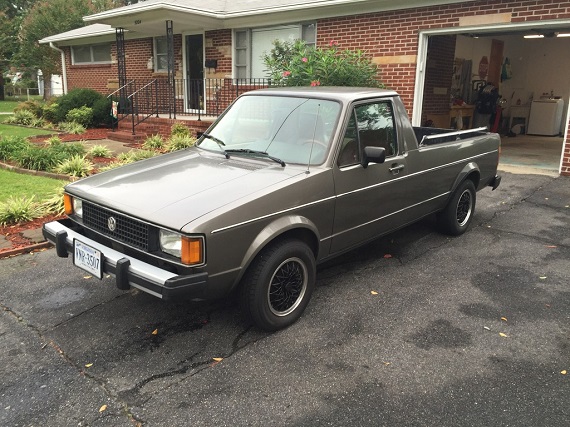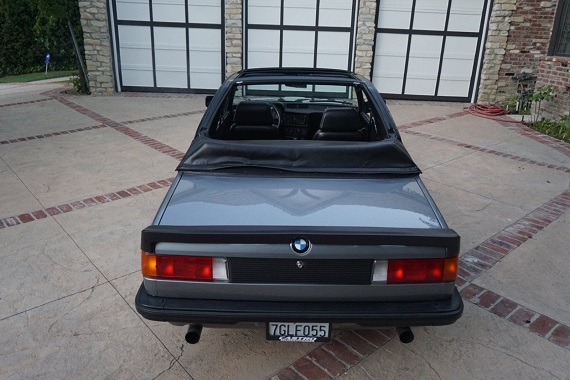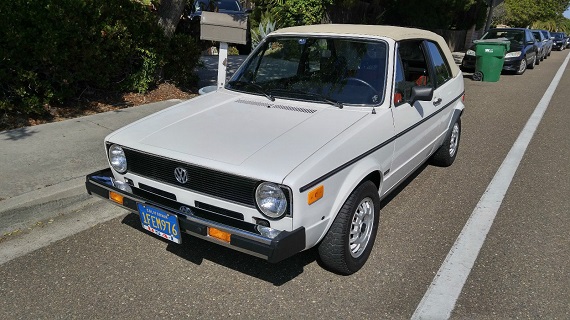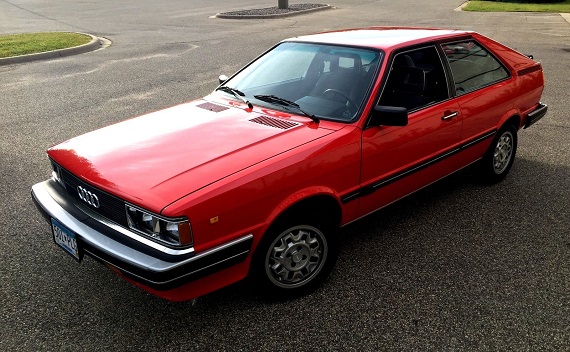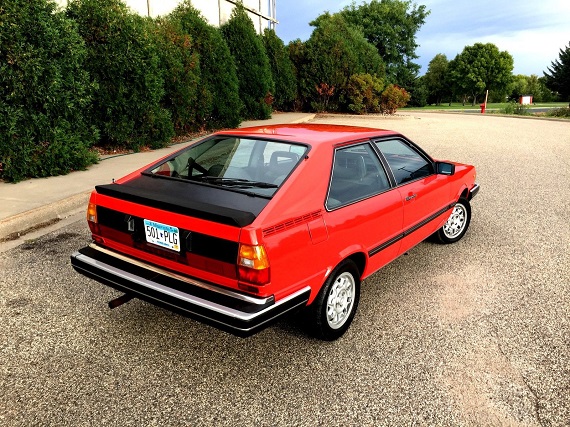The advertising tag line for the 1982 Volkswagen Rabbit Pickup was “So American, it’s not available in Germany”. Since the mid 1980s, though, the opposite has been true as the truck range of Volkswagen was removed from the U.S. lineup. In some ways, that’s a bit strange since the small truck market was so strong in the mid-to-late 1980s, but starting in the 90s and culminating in the early 2000s, the small truck market evaporated as the crossover to large trucks became so easy and prevalent. But big trucks have gotten very expensive, and smaller trucks (which really are the size of 1980s full sized trucks) are experiencing a minor resurgence – so much so that VW is rumored to be thinking of bringing the Amarok starting as early as next year. So, let’s take a look back at where the VW pickup began:
Tag: 1982
In a post I wrote for The Truth About Cars this past week, I covered a few E30 models that offer affordable and interesting visual and performance alternatives to the E30 M3. One of those models was the Baur TC2, the model which gave BMW a soft-top before BMW made its own in 1985. Of course, the E30 wasn’t Baur’s first foray into convertible 3-series models, though, as they had started with the E21 model. Baur only produced a little less than half the amount of E21s – 4,595 according to Petrolicious – as they did E30 models at over 11,000, but as importation of early 1980s cars was easier, it seems more common to see the E21 Baur than the E30 Baur. Though fitted as standard with no performance upgrades, this unique 1982 example remedies that with a turbocharged M20:
CLICK FOR DETAILS: 1982 BMW 323i Baur TC1 Turbo on eBay
2 CommentsThe product catalog for what Formula E is makes for a pretty hilarious read. “Passive Formula-E systems built in to your VW begin with an aerodynamic body design that cuts down on wind resistance.” Have you actually looked at a Rabbit? I guess in terms of footprint, it was physically smaller than a Chrysler Cordoba, so there’s that? But ‘aerodynamic’ is not the first thing I think of when I see an A1. It continues on touting the benefits of radial tires (Wooooow), a high-torque engine (compared to….?), and the George Costanza-inspired “breakerless transistorized ignition”. What it really was was a long 5th gear, denoted on Audis as the ‘4+E’ in the same year. What that meant was it spun the high-torque motor down to low revs, and that road better be pretty flat and not particularly windy if you’d like to maintain any speed. And, if you downshifted to pass anything or go the speed limit, immediately an arrow-shaped light would pop on the dash, reminding you that fuel was being wasted. But Volkswagen claimed it was good for 42 m.p.g. in a period still reeling from the fuel crises of the 1970s, and marketing is marketing.
What the Rabbit Convertible really offered you was one of the very few drop-top options in the early 1980s. Remember, this was a time when Detroit had pulled out of convertibles following hints they would be banned by the NHTSB. Japan didn’t really have much of anything on offer, either, as it hadn’t really established itself fully into the market in anything other than superb economy cars. And Germany? In 1982, you had two options – the Mercedes-Benz 380SL, or the Rabbit Convertible which had replaced the Beetle in 1980. That was it. In some ways, that makes these early Rabbits special, and though these Volkswagens were no where near as dear as the Daimlers, some who bought them treated them as royalty:
